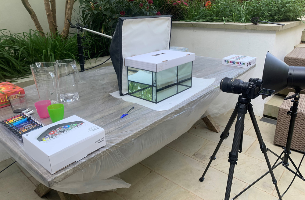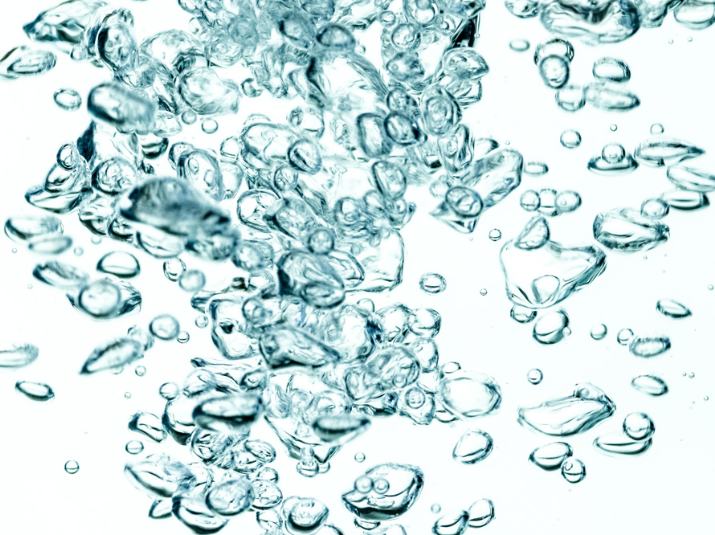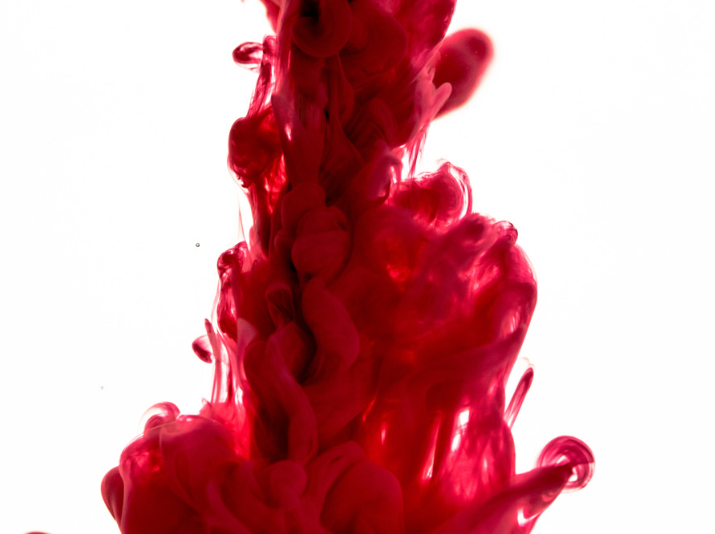Are you ready to put your creative skills to the test? Join travel and adventure photographer Alex Stead as he explores the challenging theme of macro photography for the first time. Using simple techniques and light, he experiments at home with the effects of immersing paints into water – creating mind-blowing results that everyone can achieve with a simple setup at home. Check out his early attempts and follow his journey through this #CreateYourLight theme. We’ll be providing him and you with some tips and tricks for improving his execution of this difficult subject matter in the coming days.




